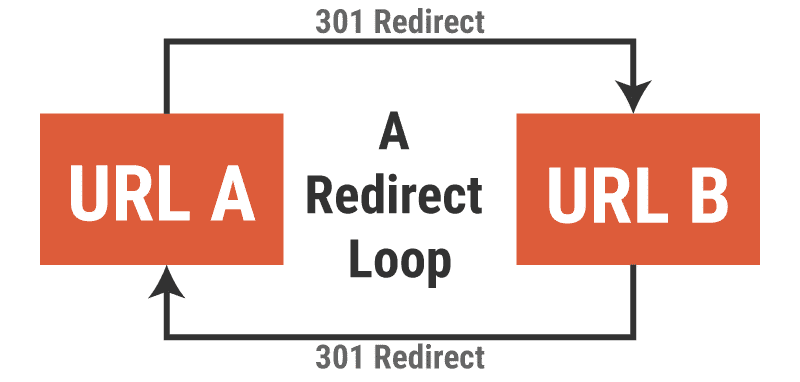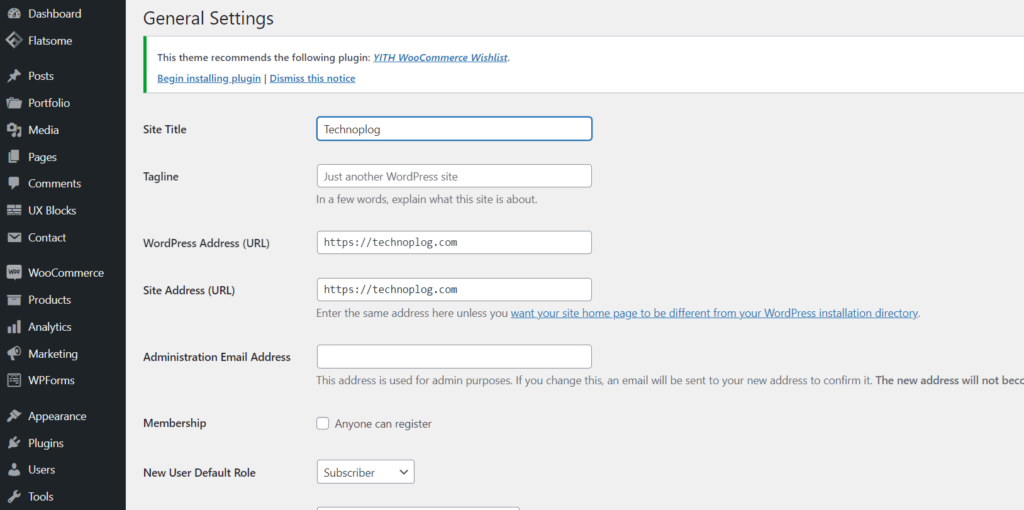WordPress Err_Too_Many_Redirects Error-Solution

On WordPress-based websites, you may encounter different problems during installation, publishing and development. One of these problems is the WordPress Err_Too_Many_Redirects error and this error occurs due to incorrect settings in the SSL section. This error is “This webpage has a redirect loop!” on Google Chrome. If the site is accessed via the Firefox web browser, “Redirection is invalid!” appears with a warning.
WordPress Err_Too_Many_Redirects Error
Knowing what this warning means and what the source of the problem is will help you find a solution. This error basically states that there is a missing setting in the WordPres settings that prevents the cross-page redirect from stopping by putting the website in a redirect loop. Err_too_many_redirects error is usually a problem caused by WordPress plugins, as well as incorrect settings made by hosting or Cloudflare. The solution to the frequently experienced problem can be done quickly and easily by following the steps below.

Fix WordPress Err_Too_Many_Redirects Error
Before resolving the issue, make sure you have access to the following;
– Access to hosting control panel (Cpanel/Plesk) or FTP
– Access to WordPress Admin Panel (wp-admin)
Note: In some cases you may not be able to access the wp-admin panel. Continue reading our article for the solution.
Solution via WordPress Admin Panel
Make sure that the SSL settings are correctly written to your site address in the “General” settings section under the “Settings” section in the WordPres admin panel (wp-admin).

Check the WordPress URL address and the site URL address again, so that the problem caused by misspelling the addresses will be resolved. If a change is made in this field, click the Save Changes button at the bottom of the page to save the last settings.
Manually Checking and Changing URL Settings
In the process of resolving the WordPres err-too-many-redirects error, you may have problems logging into the WordPres admin panel. Don’t panic, the solution is quite simple. For solution, access wp-config.php file in public_html via Cpanel/Plesk or FTP.
After right-clicking on the file, click “Edit” and add the following codes:
define('WP_HOME','https://yourwebsite.com');
define('WP_SITEURL','https://yourwebsite.com');
Disable Plugins
Another reason for Err_too_many_redirects error can be corrupted, outdated and not working properly plugins. Elimination of a plugin-related error is naturally possible by disabling this plugin. For this error, which is usually seen in SEO plugins, our advice is to first check the settings of the SEO plugin. If you cannot access the panel and you are not sure which plugin is causing this error, access your files via CPANEL/PLESK or FTP panel.
To disable plugins, open the “wp-content” folder inside the public_html file and rename the plugins file to plugins1.
Then check your site to see if the error has been fixed. If the problem is fixed, you can now access your WP-ADMIN screen.
After accessing your WP-ADMIN screen, rename the file you named plugins1 via CPANEL/PLESK or FTP to plugins. You can find which add-on is causing this problem by activating the add-ons one by one.
Edit the .htaccess file
Another reason for this problem is that an error in the “.htaccess” file puts the website in a redirect loop. If you tried the above methods and did not reach a result, returning the “.htaccess” file to WordPress basic settings will most likely solve the problem. For this, delete all the codes in “.htaccess”, add the following code and save your “.htaccess” file and close it.
# BEGIN WordPress
RewriteEngine On
RewriteRule .* - [E=HTTP_AUTHORIZATION:%{HTTP:Authorization}]
RewriteBase /
RewriteRule ^index\.php$ - [L]
RewriteCond %{REQUEST_FILENAME} !-f
RewriteCond %{REQUEST_FILENAME} !-d
RewriteRule . /index.php [L]
# END WordPress
Most likely, your problem will be completely fixed after this code edit.
In this article, we have explained the WordPress Err_Too_Many_Redirects Error and its solutions in detail for you. You can express your views on the subject as a comment.